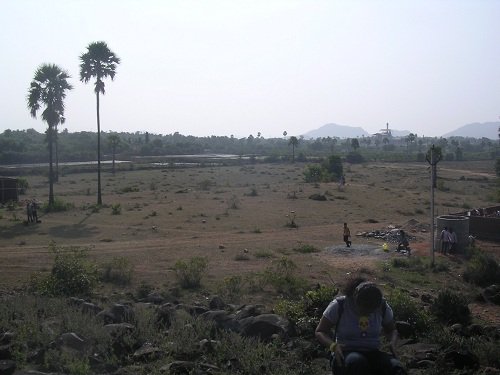Site Analysis and Site Development | Siting and Structure Design Efficiency
Site Analysis is followed by Site Development. Site Development can be efficient only if the Site Analysis is done correctly and accurately.
In our earlier article, we discussed the first part of “The Siting and Structure Design Efficiency” that is “Selection of a suitable site“. In this article, we will discuss how Site Analysis and Site Development (in other words “Site planning“) help in achieving the goal for a sustainable environment.

Site Analysis
Once we are done with the selection of the Building site, get the entire survey of the site. The topography of the site and the natural features present on the site are to be studied.
A better and efficient way of utilizing the site’s natural elements have to be figured out.
For examples, the existing landscaping which would include tall or shady trees or bushes can be efficiently merged with the building design to serve a purpose.

